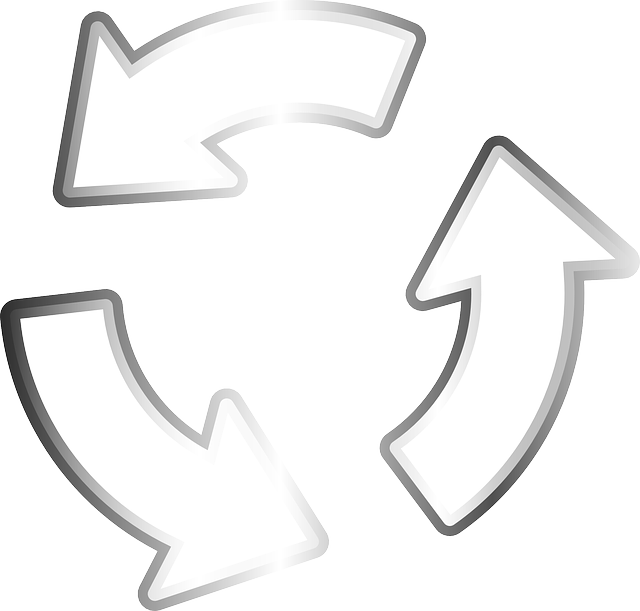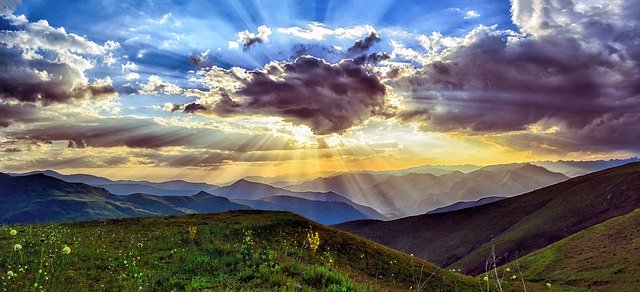This lesson is about what each individual can do to protect the environment. Learn how you can make a difference with small actions by getting politically involved. Take a quiz to find out if you are ready to do your bit.
Do individuals matter?
But the idea that individuals cannot effect change is a myth. Everyone has to make their own decisions to protect the environment. If everyone in a democracy decided that their vote didn’t count, no one would vote. If democracy can work, then environmental protection can work. Look at it this way: we all caused this problem by neglecting the environment. That must mean that we can all solve the problem by protecting it!
When we talk about the Earth’s environment, we are talking about the health of the atmosphere, the forests, the plants, the animals, the water and the individual ecosystems. Everything from the roots of the trees under the earth to the air we breathe is part of the environment, and the health of each part affects the health of the whole. There are many threats to the environment. These include climate change caused by greenhouse gases, air and water pollution, deforestation and much more. As a result of these many serious environmental threats, the earth is changing. Melting glaciers are destroying habitat in the Arctic, and plant and animal extinctions are proceeding at a rapid pace. It is easy to look at this list and feel small and insignificant. After all, there are over 7 billion people living on Earth.
Everyday actions
There are actions that every individual can take to protect the environment:
You can also choose to shop regionally. Food from the region is better for the environment because of the pollution caused by transport. The fewer kilometres the food has to travel, the less environmental impact it has. You can buy local food at specialty shops, go to a local farmer’s market or even grow your own food in a garden! It also helps to cook your own food as much as possible instead of buying packaged products. You can also limit your meat consumption: it takes much less energy to produce vegetables than meat.
We can also do something about transport, because transport is one of the biggest sources of greenhouse gases. Opt for the least harmful means of transport. In general, driving is more efficient than flying. Riding a bicycle is always better than driving a car. Take a train, tram or bus whenever one is available. Choose a flat close to where you go to school or work, and opt for an efficient car. All these things can reduce your environmental impact.
First, we can recycle, reuse and compost. Recycling means reducing waste and energy consumption by turning used items like plastic bottles into new items. Reuse means reducing waste by reusing items like shopping bags. Composting is using food waste to create nutrient-rich soil instead of sending it to landfill. The average American generates 4.3 pounds of waste every day. Much of this waste ends up in landfills, where it creates greenhouse gases that exacerbate climate change. Some of it ends up in the ocean, where it kills marine life. And making new products consumes a lot of energy. But almost all of our waste can be recycled, reused or composted.
Another way to help the environment is to use energy sparingly. Turn off appliances when you’re not using them, use less air conditioning (or use fans), dry your clothes on a clothesline, switch to energy-saving light bulbs (LED bulbs are best!), turn down your fridge, close the air conditioning vents when you’re not in the room, wear more layers instead of turning up the heat too high, and turn everything off when you’re not at home. You can make the most difference by turning off your air conditioner and turning down the heat. All these things help protect the environment and they save you money!

